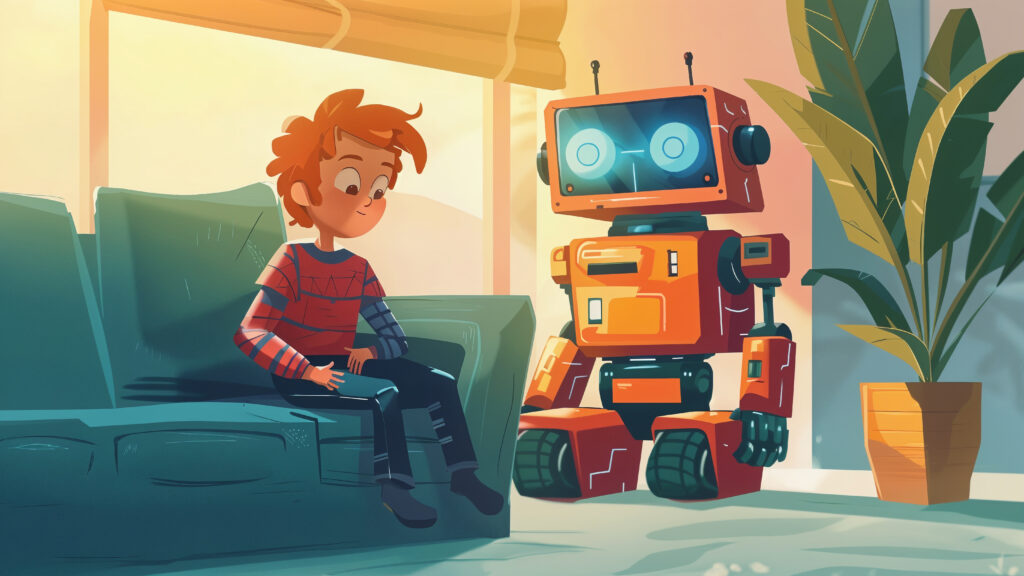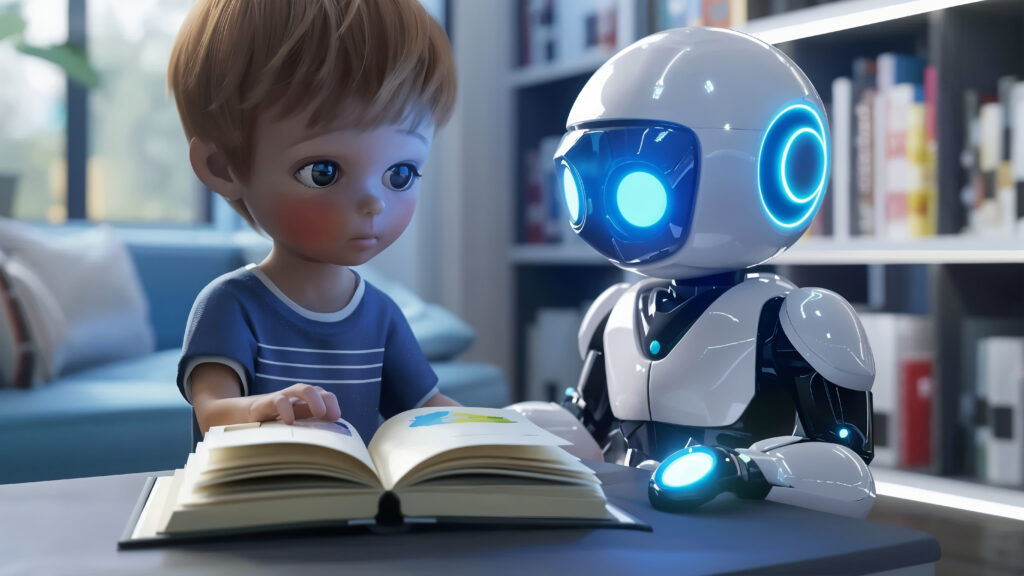Technology isn’t just for adults anymore. Today, robot toys for kids are changing how children play and learn. These toys are fun, interactive, and educational, helping kids understand science and problem-solving while keeping them entertained.
Parents love them because they combine entertainment with learning. Kids love them because they move, talk, and even dance. But robot toys are more than cool gadgets—they’re a smart way to prepare children for a future full of technology.
What Makes Robot Toys Special?
Unlike regular toys, robot toys for kids do more than just sit on a shelf. They can walk, talk, respond to voice commands, and even follow programmed instructions.
This makes playtime exciting and active. Children don’t just watch a toy—they control it, learn from it, and experiment with it. As kids try to make their robots move, spin, or solve puzzles, they naturally develop logical thinking skills.
Learning Through Play
Robot toys are like mini science teachers. They help children learn STEM—Science, Technology, Engineering, and Mathematics—without making it feel like schoolwork.
For example, when a child programs a robot to turn left or right, they are learning how computers follow instructions step by step. This builds problem-solving skills, encourages curiosity, and teaches kids to think in sequences.
These toys also build confidence. If the robot doesn’t do what the child expects, they figure out why and try again. This teaches persistence—an important skill for any future career.
How to Choose the Right Robot Toy
Not every robot is perfect for every child. Picking the right robot toy for kids depends on age and interest.
For toddlers, choose simple robots that sing, dance, or respond to touch. They’re safe, colorful, and easy to enjoy.
For older kids, pick robots they can build or program. These advanced models connect to apps or computers, letting children control movement, lights, and sounds using basic coding.
Look for sturdy designs that can survive drops and bumps. A good robot should grow with your child, offering more features as their skills improve.
Why Parents See Them as a Good Investment
Some parents worry about the cost of robot toys. But when you look at the long-term benefits, they’re worth it.
High-quality robots last for years, keeping kids engaged as they grow. Unlike passive toys, robots encourage active learning and spark an interest in technology.
They also make screen time healthier. Instead of just watching videos or playing games, children interact with real-world technology in a hands-on way.
Real-Life Impact of Robotics for Kids
The skills kids learn from robot toys can help them later in life. Programming a robot to move is similar to how real robots work in factories, hospitals, and even space missions.
Robot play also boosts creativity. Children imagine stories for their robots—turning them into pets, helpers, or explorers—while learning how machines think and respond.
Many schools are now using robot kits in classrooms to teach teamwork, coding, and problem-solving. These early experiences show kids that technology is not just something they use—it’s something they can create.

Conclusion
Robot toys for kids aren’t just fun—they’re powerful learning tools. They teach problem-solving, coding basics, and creativity in a way that feels like play. Choosing the right robot helps children build skills that will be valuable for life. As technology continues to grow, these toys prepare kids to understand and shape the future, one playful step at a time.
FAQs
1. What age is best for robot toys?
Kids as young as three can enjoy simple robots, while older kids benefit from programmable ones.
2. Do robot toys need coding skills?
No. Many beginner robots work without coding, but advanced ones introduce it gradually.
3. Are they durable?
Yes, if you pick models made for children with sturdy materials.
4. Can robot toys replace screen time?
Yes, they give kids a fun way to play without staring at screens.
5. Are robot toys only for learning?
No, they’re also great fun, combining play with education.
Read Also : The Ultimate Guide to Doll House Furniture

